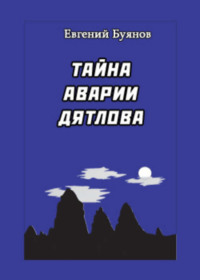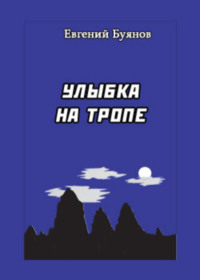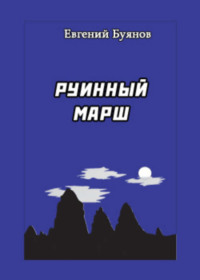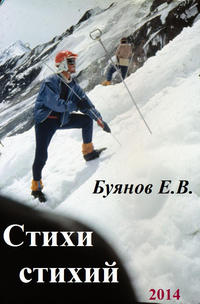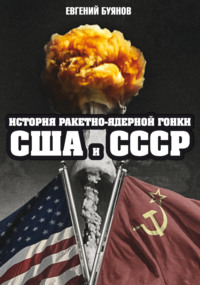Mystery of the Dyatlov group death

Полная версия
Mystery of the Dyatlov group death
Жанр: книги о путешествияхдокументальная литературажурналистское расследованиекатастрофыальпинизмзагадочная гибельрасследование аварийэкстремальные ситуациисерьезное чтениеоб истории серьезно
Язык: Английский
Год издания: 2016
Добавлена:
Настройки чтения
Размер шрифта
Высота строк
Поля
Конец ознакомительного фрагмента
Купить и скачать всю книгу

